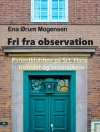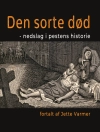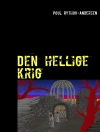“Even-handed, up-to-date, and clearly written. . . . If you want to navigate between the Scylla and Charybdis of Neanderthal controversies, you’ll find no better guide.” —Brian Fagan, author of Cro-Magnon
In recent years, the common perception of the Neanderthal has been transformed thanks to new discoveries and paradigm-shattering scientific innovations. It turns out that the Neanderthals’ behavior was surprisingly modern: they buried the dead, cared for the sick, hunted large animals in their prime, harvested seafood, and spoke. Meanwhile, advances in DNA technologies have forced a reassessment of the Neanderthals’ place in our own past.For hundreds of thousands of years, Neanderthals evolved in Europe very much in parallel to the Homo sapiens line evolving in Africa, and, when both species made their first forays into Asia, the Neanderthals may even have had the upper hand. Here, Dimitra Papagianni and Michael A. Morse look at the Neanderthals through the full dramatic arc of their existence—from their evolution in Europe to their expansion to Siberia, their subsequent extinction, and ultimately their revival in popular novels, cartoons, cult movies, and TV commercials.
Sobre el autor
Michael A. Morse is a historian of science with a specialty in the history of British archaeology, and the author of How the Celts Came to Britain.












